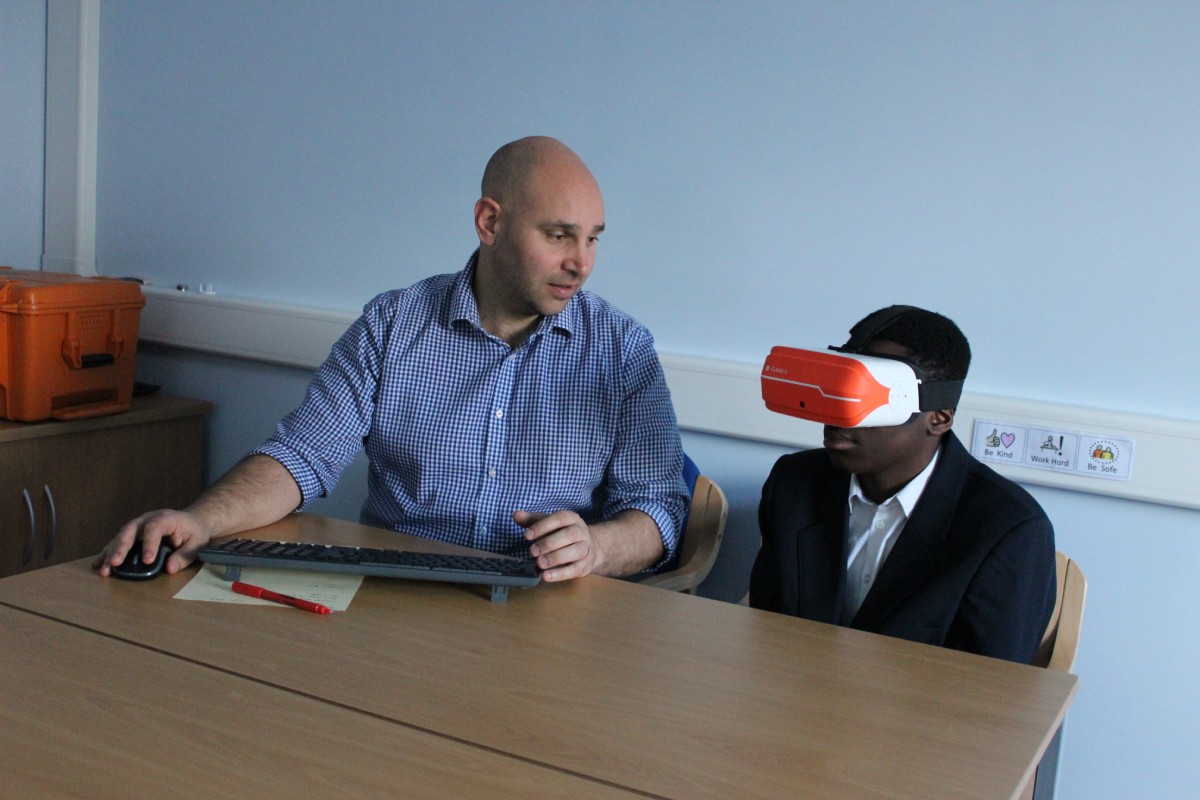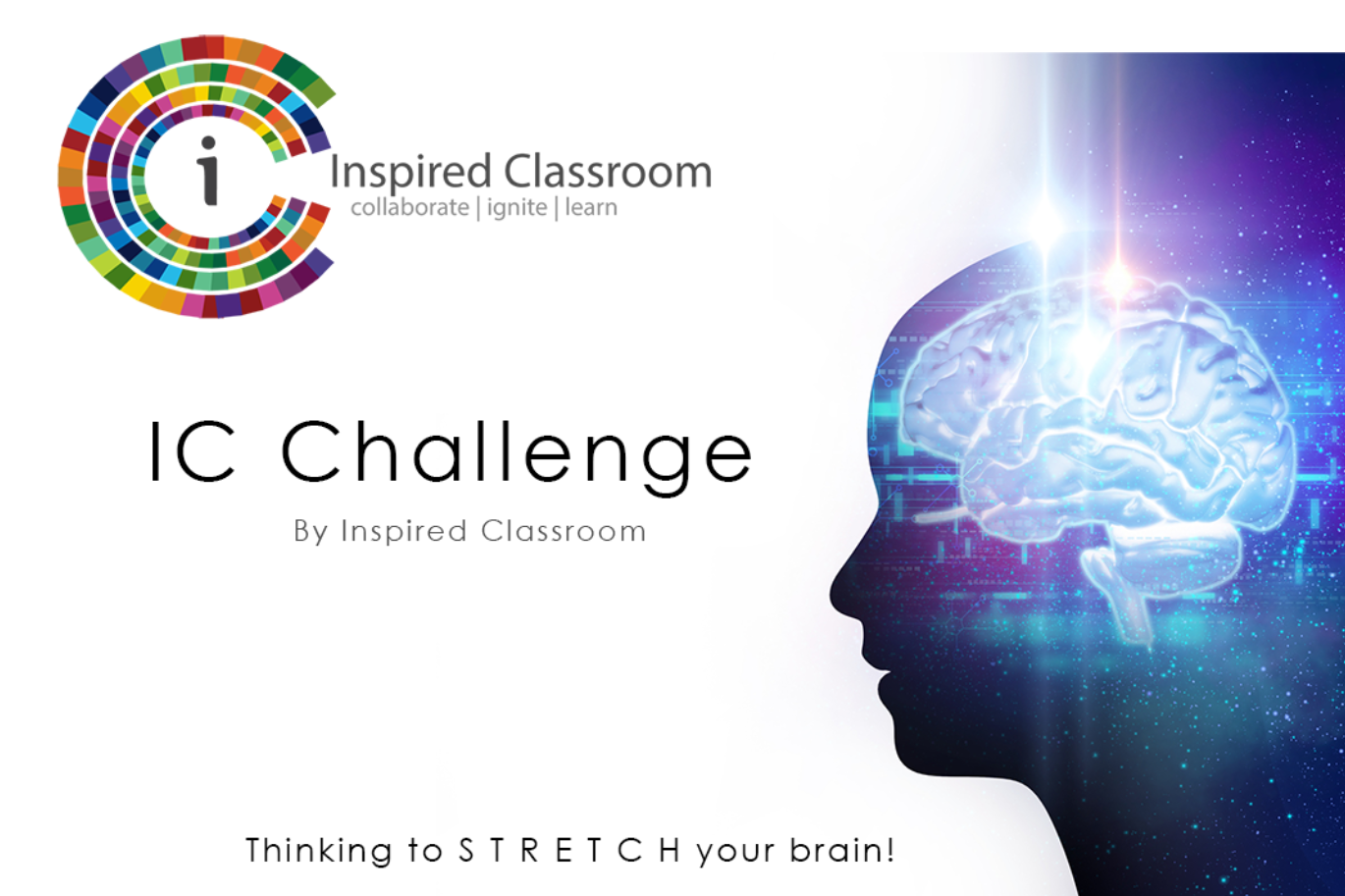What Does it Mean to be an Instructional Leader?
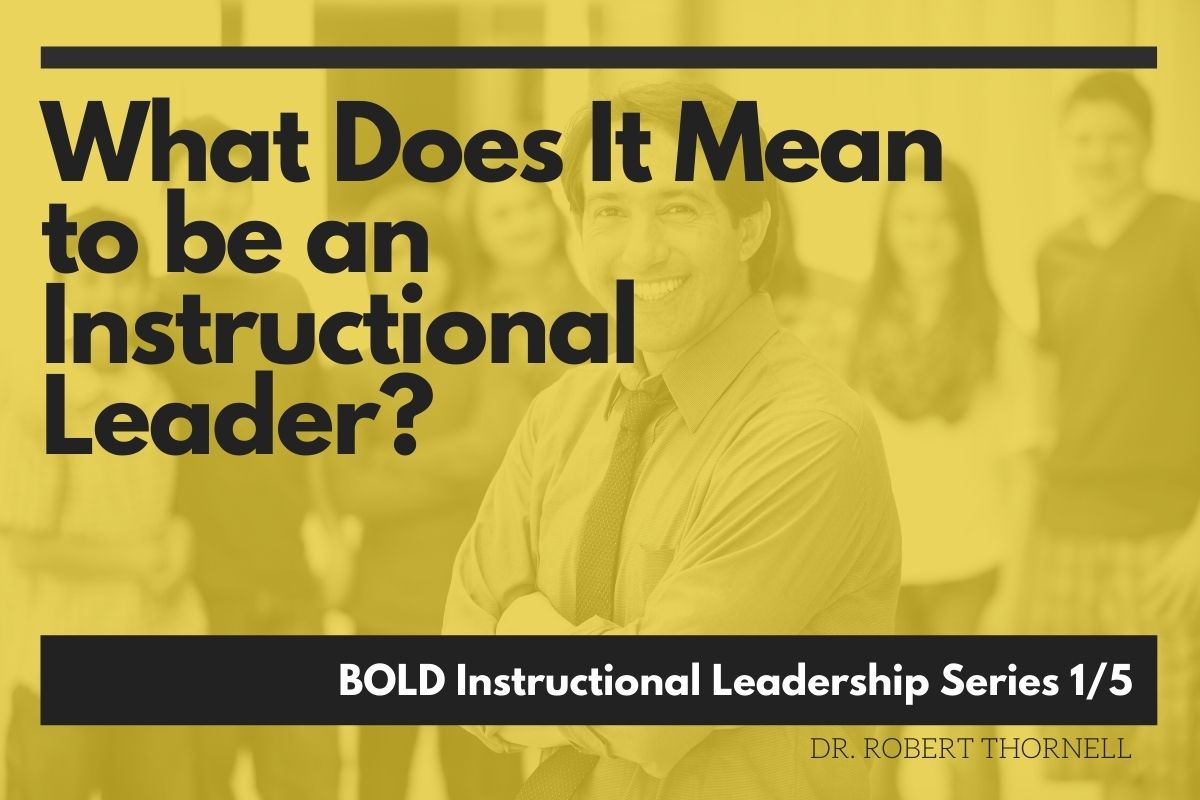
A quick Google search on the term “Instructional Leadership” can bring up the amazing number of 186,000,000 hits in exactly 0.68 seconds (11/6/21). Over the last 35 years or so, instructional leadership has exploded as one of the most discussed and written about topics in education. There are many other skills that an effective principal must cultivate to effectively lead a campus, but by and large, the idea of leading the learning and teaching that happens within the campus walls has become the most studied, talked about, and scrutinized role of a principal. A 2021 publication by the Wallace Foundation, How Principals Affect Students and Schools? (Egalite et al., 2021), identified instructional leadership as a principal’s largest impact on student achievement. Specifically, it defined instructional leadership as:
Engaging in instructionally focused interactions with teachers. Forms of engagement with teachers that center on instructional practice, such as teacher evaluation, instructional coaching, and the establishment of a data-driven, school-wide instructional program to facilitate such interactions.(Egalite et al., 2021, p. 15)
I believe being a school principal to be one of the most challenging jobs in education and it is only becoming more difficult as the demands and the microscope under which the job is done grow larger each year. This article is one of five in a series that will explore one of the most important and difficult roles of a campus principal: Instructional Leadership.
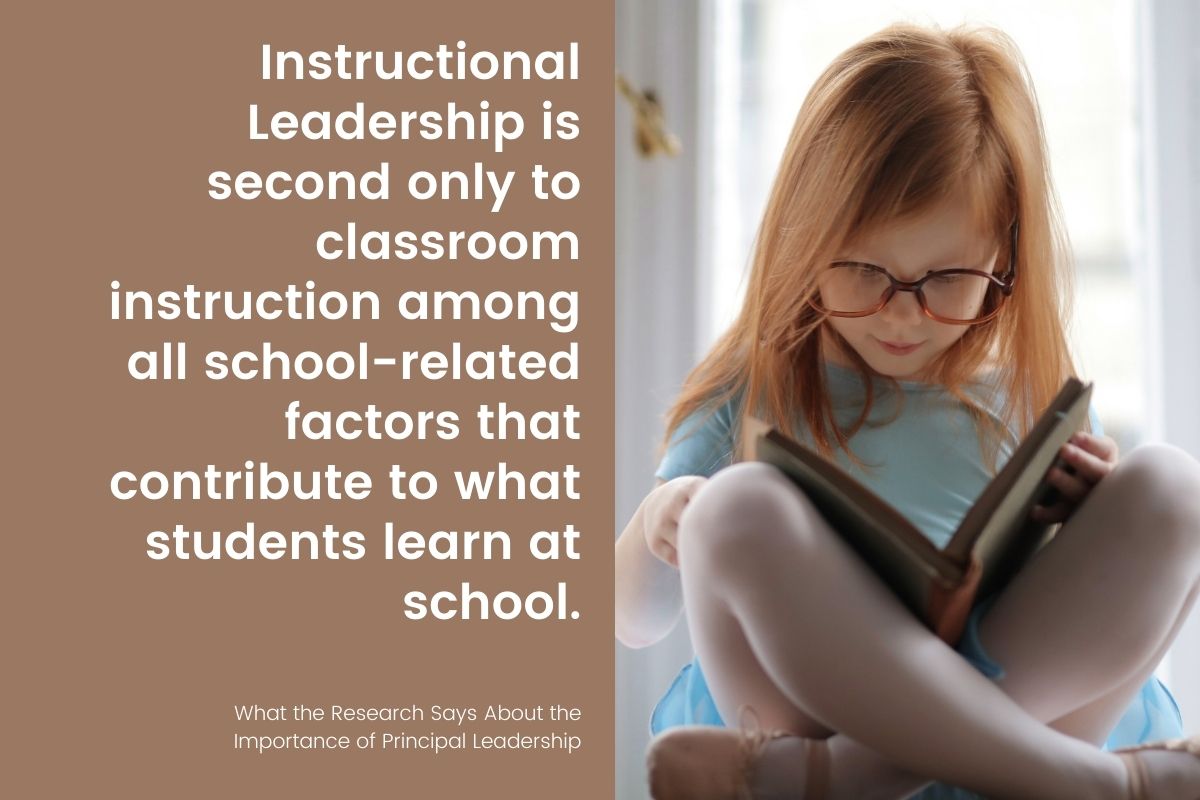
Talent vs Skill
No one is born a natural instructional leader.
The literature is pretty clear on the characteristics of a great principal, and there is no doubt that Leadership Matters (What the Research Says About the Importance of Principal Leadership, n.d.) as a key to creating a great school. The quandary for many school districts and communities remains how to identify and cultivate the characteristics in order to have the highest quality school leaders. If you are willing to concede that there is a pretty consistent set of characteristics identified commonly in the literature regarding top qualities of effective principals (Kelly, 2019) then the next question must be, can these characteristics be identified and/or taught to campus administrators? Fortunately, the answer is “yes” they can be identified AND “yes” they can be taught. A 2019 eSchool News article, What Makes a Great Principal? (What Makes a Great Principal?, 2019) shared by East Carolina University recognized seven characteristics of a great principal. It identified:
- Collaboration
- Listening
- Leadership
- Visibility
- Relationships
- Support
- Learning
Each of these characteristics can be learned, practiced, cultivated, and even assessed if only one wants to continuously improve themselves and others. Over the course of the next several weeks, our Bold Instructional Leadership course will examine the concept of Talent vs. Skill (7 Crucial Difference Between Talent and Skill With Comparison Table, n.d.) in hopes of showing evidence that great instructional leaders are made and not born and that they can develop these skills over time. The primary purpose of a school leader is to influence and guide instructional practices on campus. This includes, but is not limited to, providing feedback, supporting teachers, designing and modeling expectations for lesson design, pedagogy, and accountability. Some educators may gravitate to it more than others, but through proper training AND persistence, those willing to work hard can greatly improve their skills in this area. The important thing to remember is that you are responsible for the learning and teaching in your building. You may not be in front of students every day, but you are the “lead learner” in your building and it is important that you are actively involved every day. School districts that hire principals and fail to share adequate and ongoing training in instructional leadership do a disservice to well-meaning campus administrators.

What are your strengths as an instructional leader?
When it comes to instructional leadership, self-awareness is essential. The Bold Instructional Leadership course is designed to break down the goals and activities involved with guiding the learning and teaching on a campus into manageable and practical ideas that can be implemented at any campus.
To consider this, ask yourself (and respond honestly) what are your strengths as an instructional leader? Or what is most important to you when it comes to learning and teaching? Next, and perhaps even more impactful, ask yourself, how would my staff answer those questions about me? These reflections are extremely important. If you do not take self-awareness seriously, your staff will see right through you. “Fake it til you make it” does not often work. You have to be self-aware about what you know and what you still need to learn. By doing so, you will improve your skills as an instructional leader and also build your credibility with your staff over time.
How can your instructional leadership grow? Start with considering what has been proven to work best. John Hattie’s research in Visible Learning categorizes principals as having the greatest effect size on student achievement outside the classroom teacher. They are:
- Principals who focus on creating a learning climate with clear learning objectives and high expectations for teachers and students =.66
- Support and evaluation of teaching through regular classroom visits and feedback = .74
- Promoting and participating in teacher learning = .91 (Hattie, 2013, p. 267)

Learning Culture
Bold Instructional Leaders realize that the most important part of their role as the “lead learner” on their campus and the work to create a culture that prioritizes learning for all. That includes ALL students and ALL staff. In addition, the best way to promote that culture is for that leader to immerse themselves in the learning as well. This includes participating side by side in learning with your teachers and modeling your expectations. In fact, the research of Viviane Robinson and others determined that leading teacher learning and development had one of the largest impacts on student achievement at .84. (Whitaker et al., 2016, p. 14)
However a learning culture includes a much bigger picture for the leader. Resources and time are impactful activities that not only demonstrate the priorities of the principal but will also signal to the entire school community what is important. Often overlooked in instructional leadership discussions are these items that mean so much. However, “Resourcing strategically” was found to be in the top five signifcant activities to impact student achievement. (Whitaker et al., 2016, p.14) For example, time is the most valuable resource for anyone and schools and teachers are no exception. A bold leader finds innovative ways to create time for learning for both teachers and students. They hold instructional time sacred for classrooms and also provide essential learning time for teachers by the way they create the master schedule, design professional development, and eliminate unnecessary interruptions.
As the old saying goes, you can tell what is important to a person by looking at their bank account. That is no different than looking at the school’s budget. Principals must be good stewards of their funds and realize that every purchase is either enhancing the learning culture or chipping away at it. Examples such as touting the need for professional learning but refusing teacher requests for resources to improve their craft or pledging literacy is important but not purchasing books is showing a mixed message to the school community. Obviously school funds are limited, which is all the more reason that a leader must be intentional with their choices and prioritize the biggest impact.
How does a Principal Impact Curriculum?
Coming soon in part two of our Bold Instructional Leadership series, we will take a look at ways an instructional leader can impact the curriculum and learning design on a campus. We also hope you will consider registering for the upcoming on-line course Bold Instructional Leadership. In this asynchronous on-line course you will gain valuable insight and resources on how to enhance your instructional leadership.
Intentionally Bold: Instructional Leadership Course
Register for the course by clicking here to learn more and register!
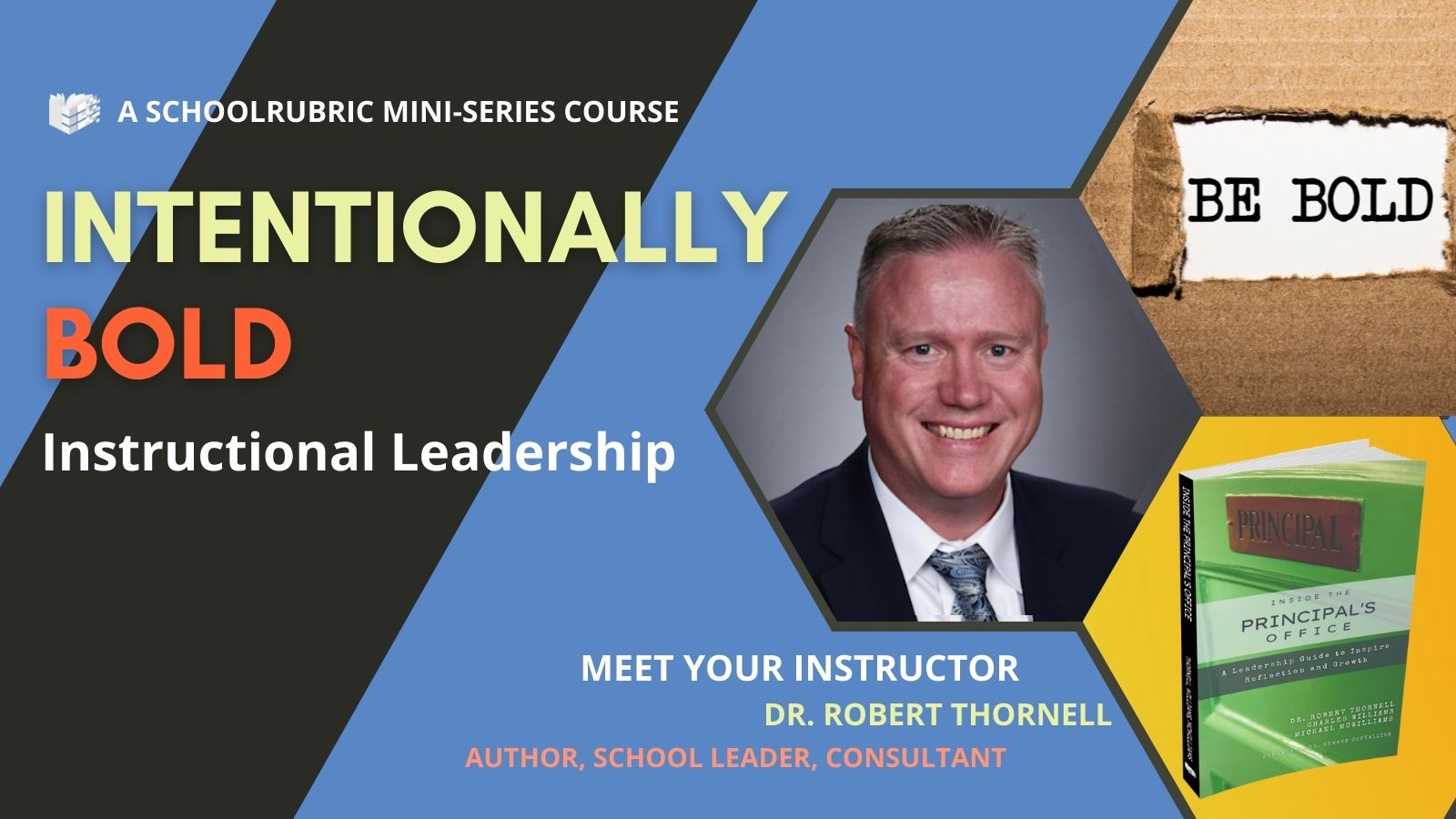
This article is available and can be accessed in Spanish here.
Egalite, A., Grissom, J., & Lindsay, C. (2021). How Principals Affect Students and Schools. Wallace Foundation. http://www.wallacefoundation.org/principalsynthesis.
Hattie, J. (2013). Visible Learning for Teachers: Maximizing Impact on Learning. Routledge, Chapman & Hall, Incorporated.
Kelly, M. (2019, July 31). Top Qualities of an Effective and Dedicated Principal. ThoughtCo. Retrieved March 10, 2022, from https://www.thoughtco.com/qualities-of-a-good-principal-7653
7 Crucial Difference between Talent and Skill with Comparison Table. (n.d.). Core Differences. Retrieved March 10, 2022, from https://coredifferences.com/difference-between-talent-and-skill/
What makes a great principal? (2019, December 11). eSchool News. Retrieved March 10, 2022, from https://www.eschoolnews.com/2019/12/11/what-makes-a-great-principal/
What the Research Says About the Importance of Principal Leadership. (n.d.). National Association of Elementary School Principals. Retrieved March 10, 2022, from https://www.naesp.org/sites/default/files/LeadershipMatters.pdf
Whitaker, T., Zoul, J., & Casas, J. (2016). Start. Right. Now: Teach and Lead for Excellence. Dave Burgess Consulting, Incorporated.





